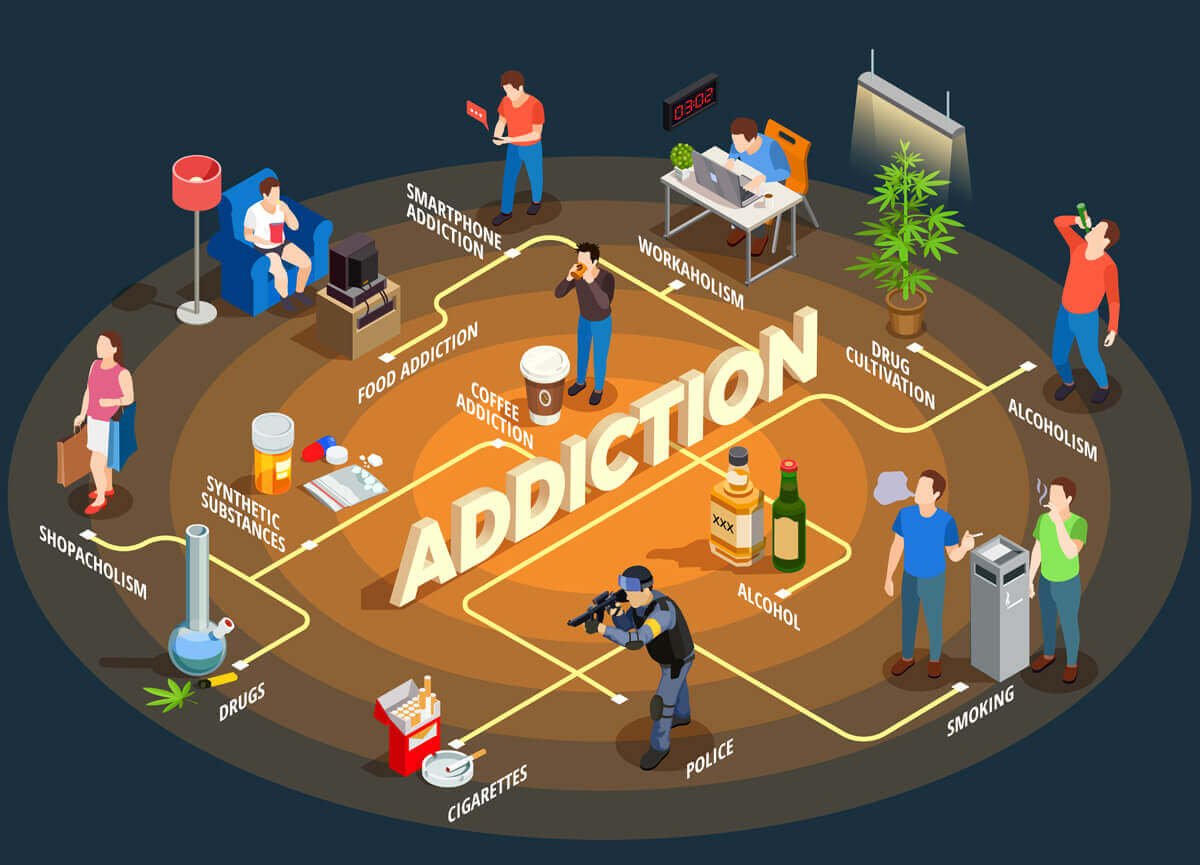The Miracles Asia News Feed

3 Easy Breaths to Bring Back Balance
Your breathing patterns do create a connection between the emotional body and the physical body.
When we are angry, anxious or dealing with a stressful situation you know your breath becomes faster and shallower.
When we are calm and relaxed our breath slows down and becomes deeper.
You don’t need to do any breathwork training to be able to effectively and efficiently use your breath to help shift yourself out of emotional states that are not serving you.
Below are a few very simple, easy to follow guides for three breathing exercises.

2 Things That Will Help With Addiction Awareness
Step 1 - Acknowledge
The first step is awareness of the manifestations (ie symptoms) of the disease in you.
Here are some manifestations that may indicate that you are suffering from the disease of addiction today:
- You are using or thinking about using today
- You are obsessing about someone or something today
- You have given untrue reasons for your behavior
- You have blamed someone or something for your behavior today
- You are looking for an easier way than what is being offered
- You are afraid for no good reason today
- You are avoiding something you should do today
- You feel restless, irritable or discontent today
- You have behaved selfishly, dishonestly, fearfully or resentfully today
- You have been over-sensitive, taking things too personally today.

A Practical Guide to The Addiction Cycle
They say that there are two types of knowledge.
First, there is Head Knowledge, where we intellectually understand the concept of something.
This is the knowing of it....
Second there is Heart Knowledge where that mental concept drops into our heart, and here there is a faith, a trust that allows the learning to drop more deeply into our being.
This is where the Ah-ha! moments are....
When a dear friend, and counsellor took me through the following exercise I experienced the concept of the addiction cycle dropping from my head into my heart.








